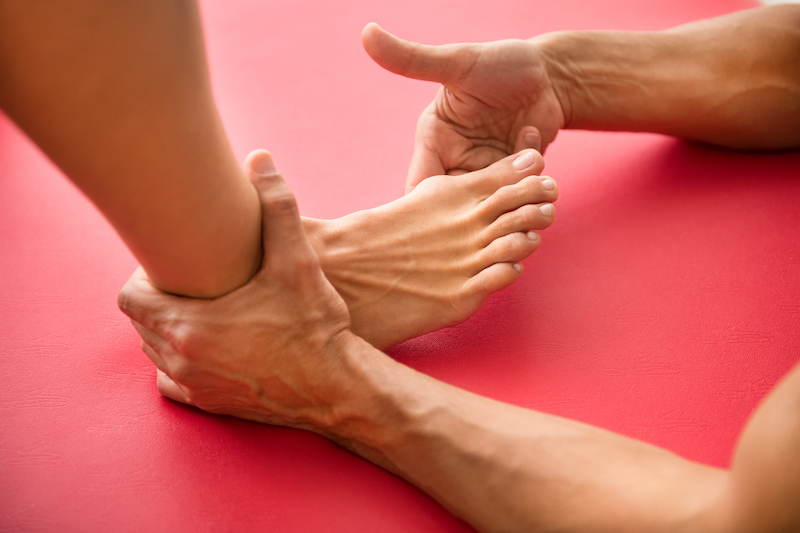Bunions, those bony bumps that form at the base of the big toe, are more than just a cosmetic concern. They are a sign of changes in the structure of the foot, leading to pain, discomfort, and difficulties in finding shoes that fit comfortably. While bunions can be hereditary, improper footwear and certain lifestyle factors also play significant roles in their development. This blog explores how to manage bunion deformities and emphasizes the importance of professional evaluation by a podiatrist.
Understanding Bunions:
A bunion, medically known as hallux valgus, occurs when the first metatarsal bone of the foot turns outward, and the big toe points inward toward the other toes, causing the joint to jut out. This deformity can lead to inflammation, swelling, and soreness around the joint. In severe cases, the big toe can push the second toe out of place.
Non-Surgical Treatment Options:
The initial approach to managing bunions usually involves non-surgical treatments aimed at relieving symptoms and preventing further progression of the deformity. Here are some effective strategies:
- Proper Footwear: Choose shoes with a wide toe box, soft leather, and avoid high heels. This can reduce pressure on the bunion and offer relief from pain.
- Orthotic Devices: Custom orthotic devices provided by a podiatrist can help distribute pressure evenly when you move, reducing strain on the bunion.
- Padding and Taping: Protective pads can shield bunions from friction, while taping the foot can help keep it in a normal position, reducing stress on the bunion.
- Medications: Nonsteroidal anti-inflammatory drugs (NSAIDs), such as ibuprofen, can help manage pain and inflammation.
- Physical Therapy: Exercises may be recommended to maintain joint mobility and prevent stiffness or arthritis.
When to See a Podiatrist:
While the above measures can be effective in managing bunion symptoms, it’s crucial to consult a podiatrist for a comprehensive assessment and personalized treatment plan. Here are some indicators that it’s time to seek professional help:
- Persistent Pain: If bunion pain does not improve with rest and over-the-counter treatments, a podiatrist can offer more targeted interventions.
- Difficulty in Footwear: When finding shoes that fit without causing pain becomes a challenge, a podiatrist can suggest footwear or custom orthotics that accommodate the bunion comfortably.
- Decreased Mobility: If the bunion affects your ability to walk or engage in normal activities, professional treatment can help restore function.
- Visible Deformity: A noticeable change in the shape of your foot or the angle of your big toe is a clear sign to consult a podiatrist.
Surgical Options:
For bunions that don’t respond to conservative treatment, surgery might be considered. Bunion surgery realigns the bone, ligaments, tendons, and nerves so that the big toe can be brought back to its correct position. The decision to undergo surgery is based on the extent of the deformity, your activity level, and your pain, rather than the appearance of the bunion.
Preventative Measures:
Preventing the development or worsening of bunions involves choosing the right footwear, maintaining a healthy weight, and engaging in foot-strengthening exercises. Early intervention can slow the progression of bunions and alleviate discomfort.
Conclusion:
Bunions are a common foot issue that can significantly impact your quality of life. While there are several at-home remedies and lifestyle adjustments that can help manage symptoms, it’s essential to consult a podiatrist for a tailored treatment plan, especially if pain persists or the deformity worsens. With the right approach, it’s possible to relieve bunion pain and prevent future complications, ensuring your feet carry you comfortably through life’s journey. Call Podiatry of Greater of Cleveland today to schedule your appointment.

